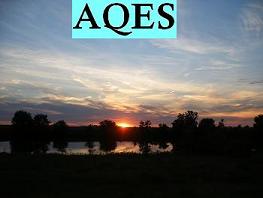
| Home | Group Members | Research Areas | Research Facilities | Research Collaborations | Classes | Publications | News & Awards | Directions to NCEL |
Contact Info:
Mark J. Rood, Ph.D.
Ivan Racheff Professor of Environmental Engineering
Department of Civil and Environmental Engineering
University of Illinois
3230E Newmark Lab, MC-250
205 N. Mathews Ave.
Urbana, IL 61801 USA
Tel. (217) 333-6963
Fax. (217) 333-9464
mrood@illinois.edu
Ambient aerosol studies
|
Atmospheric aerosols often consist of mixtures of inorganic and organic substances. Organic matter contributes to 20-60% of fine particles, depending on location. Knowledge of the water uptake of the organic portion of atmospheric aerosol has been limited. Some researchers have suggested that organics, which most of them are sparingly soluble compounds or surfactants, have a negative effect on the growth factor or evaporation rate of inorganics. However, some researchers have found that organics can both positively and negatively affect the hygroscopicity of inorganic aerosols. Experimental methods used in the literature include: TDMA, electrodynamic balance (EDB), humidgraph (used in this study), single droplet levitation, etc. |

|
Field Study ( ICARTT ) and Preliminary Results (http://www.al.noaa.gov/ICARTT/FieldOperations/FOF.shtml) |
|
Aerosol optical and hygroscopic properties were measured onboard the NOAA RV Ronald H. Brown as part of the ICARTT (International Consortium for Atmospheric Research on Transport and Transformation) in the Gulf of Maine during July and August of 2004. Our results are important to better understand the hygroscopic properties of atmospheric aerosol at ambient humilities and to parameterize ambient aerosol optical properties for use in relative large-scale climate models. |
· Measured and Derived Properties as a Function
of Scanned RH and wawvelength
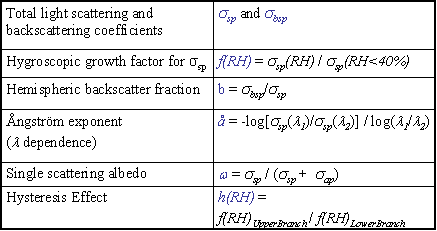
- Hygroscopicity and Chemistry
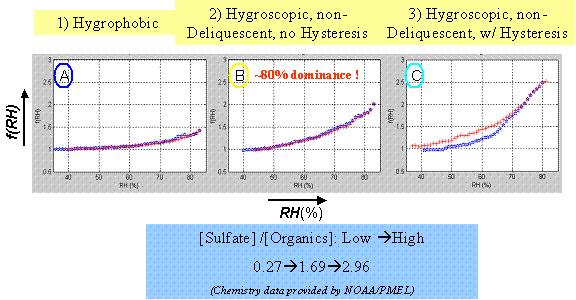
- Time Series of Ambient Aerosol Humidograms

- Wavelength Dependence of Aerosol Optical Properties
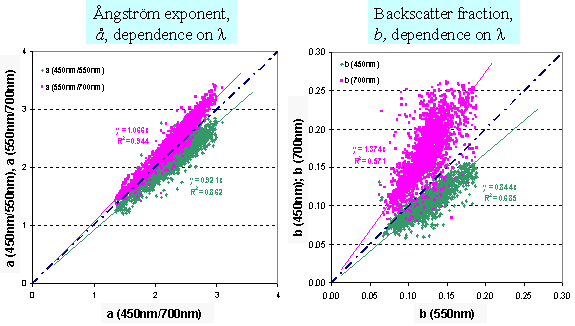
- RH Dependence of Aerosol Optical Properties
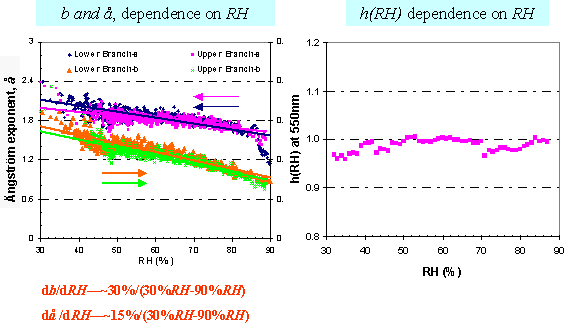
|
Summary and Conclusions |
|
1. Scattering coefficients |
|
|
|
2. Curve structures |
|
|
|
|
|
|
